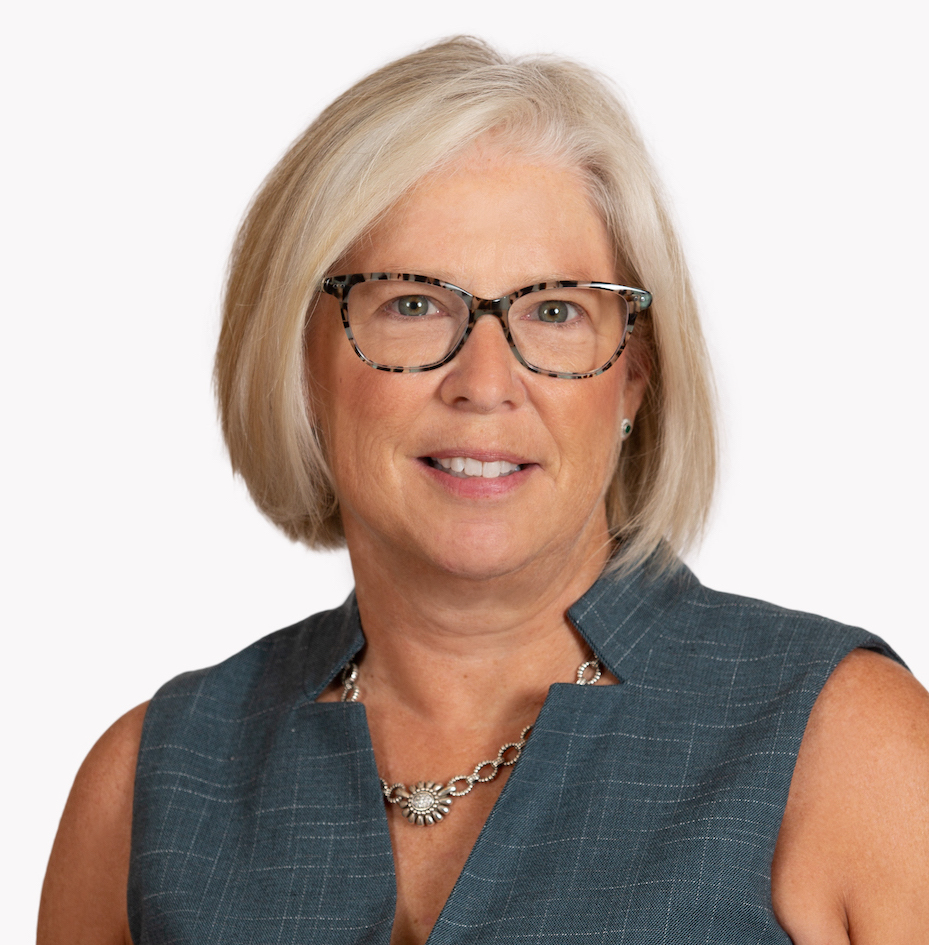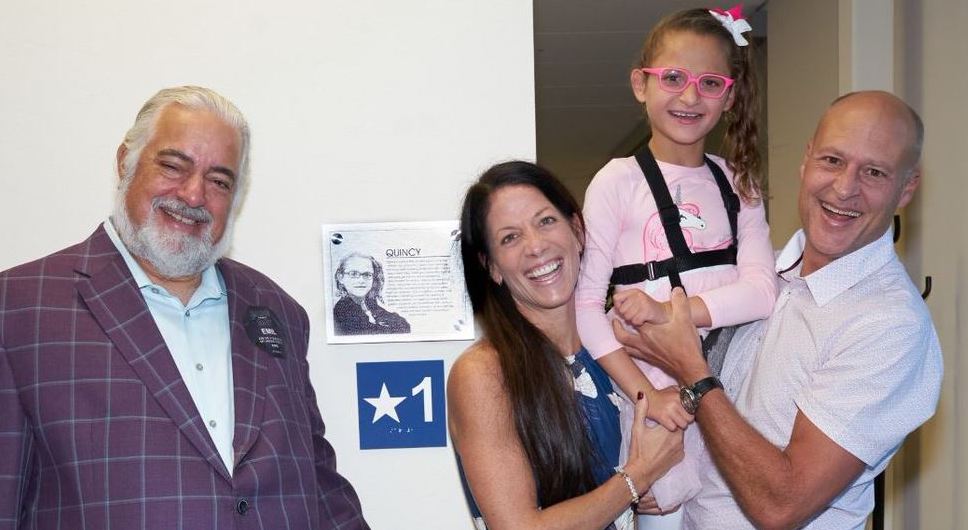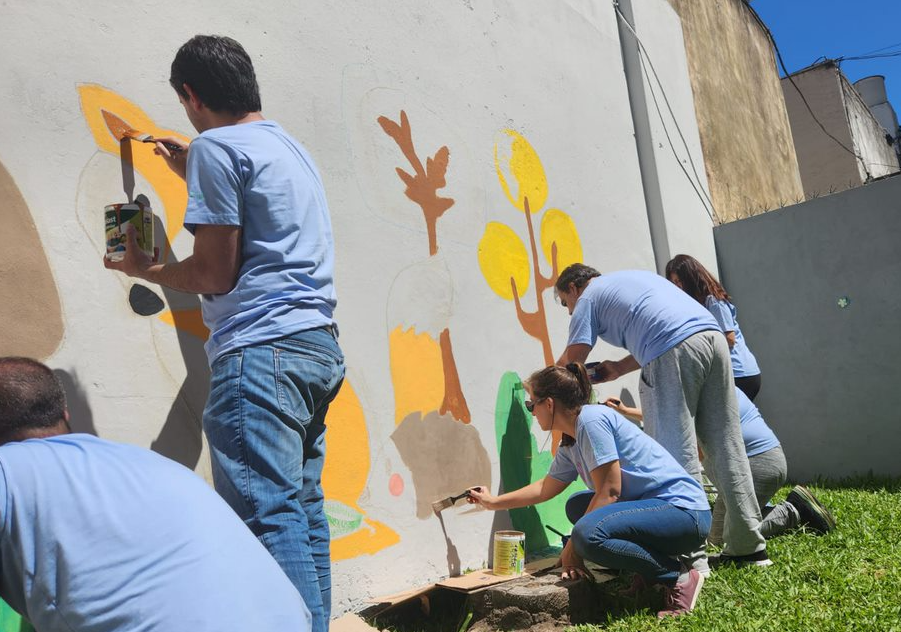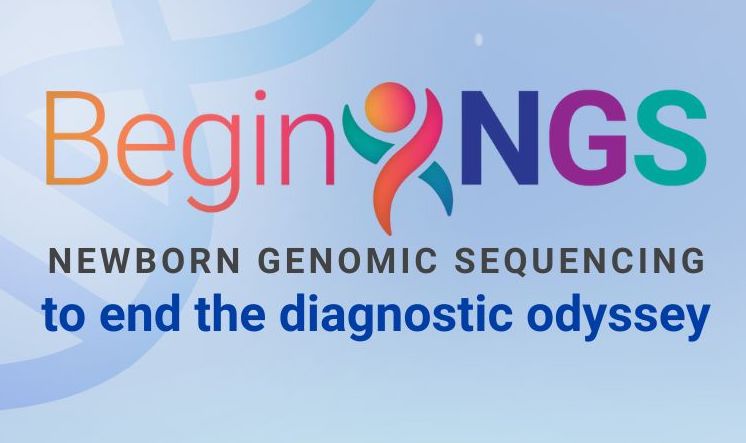The days when pharmaceutical companies limited collaboration on new drug development to scientists and physicians – with patients and caregivers only getting involved after enrolling in a clinical trial – have vanished. People living with rare diseases and their caregivers have become a major force in the drug development process. As a result of their advocacy, partnerships between patient groups, companies, healthcare professionals, researchers, and the patient community are accelerating drug development to help address these unmet needs from the perspective of people living with rare diseases.
People living with rare diseases and their caregivers have become a major force in the drug development process
For these individuals and their families, the diagnosis of a rare disease is unknown territory with an emotional, physical, financial, and social impact. It is important to understand the full burden that rare diseases have on individuals with rare diseases and their families – beyond the clinical symptoms. We believe learning about the individual or family’s journey, incorporating patient and caregiver input at all stages of development, and partnering to shape better access models are essential to the successful development of new therapies. We need the humility to consider the disease from the patient’s perspective, and understand the natural course of a rare disease, both with and without treatment. By having a deeper understanding of individuals with rare diseases, what their daily lives look like, and what makes their lives better, we can better assess the effectiveness of future therapies.
Patients and their caregivers are experts in their rare disease and know better than anyone what makes a potential treatment valuable. In 2012, the U.S. Food and Drug Administration (FDA) created the Patient-Focused Drug Development (PFDD) program as a systematic approach to incorporate patients’ needs, experiences, and priorities into the process of drug development and evaluation. This program encourages patients, caregivers, and advocates to engage with the agency through FDA-led PFDD meetings, externally led PFDD meetings, and informal patient listening sessions for specific disease areas. From 2012 to 2017, FDA conducted 24 disease-specific PFDD meetings. Over the last decade, there have been dozens of externally led PFDD meetings and patient listening sessions, covering rare and common disease areas.
Patients and caregivers know better than anyone what makes a potential treatment valuable
A few examples of rare disease patients driving progress in their disease areas include the efforts of the Spinal Muscular Atrophy (SMA) community and the Duchenne Muscular Dystrophy (DMD) community. For instance, SMA community advocates took part in a PFDD meeting with the FDA in 2017 to discuss the impact of SMA on individuals and families, and what patients prioritize in treating their disease. Feedback like this helps guide the FDA in considering clinical trial designs, what outcome measures to use in clinical trials, what matters most to patients, and how, as regulators, to balance risks and benefits for SMA patients. The SMA community’s efforts to engage with FDA and have their voice heard is one factor contributing to the development of multiple approved therapies for SMA over recent years.
Over the last two decades, work by several patient advocacy groups and impassioned families affected by DMD has led to accelerated drug development for this rare disease. In 2014, Duchenne advocates submitted to the FDA the first-ever patient advocacy-initiated Duchenne Guidance for developing therapies. The goal of this document was to help accelerate drug development, and it prompted FDA to finalize its own Duchenne Guidance in 2018. There are now several FDA-approved treatments for those affected by Duchenne, and a robust pipeline of studies that use a broader range of surrogate and patient-reported outcome endpoints based on critical feedback from the community. Patient advocacy groups played a major role in achieving positive change for the Duchenne community and continue to inspire advocates working in other disease areas.
Some patient advocates and families impacted by rare diseases have even begun advancing research into potential treatments to meet the needs of their specific communities. For instance, more than 100 organizations to date have participated in Ultragenyx’s Rare Bootcamp, a multi-day workshop with support from industry collaborators for advocacy groups and parents of children with rare diseases who have initiated drug development programs. One specific example of this kind of patient-led development effort is the work by the Foundation for Angelman Syndrome Therapeutics (FAST) to bring new treatment options forward for this rare disease.
Being patient-focused means incorporating patients’ experiences, needs, and priorities into product development at the earliest stages

Being patient-focused means incorporating patients’ experiences, needs, and priorities into product development at the earliest stages. Without the perspective of patients, the treatments that are developed are less likely to be successful. People living with rare disorders are contributing to the collection of data and, through their patient representatives and advocacy groups, advocating for safe and effective therapies.
At Ultragenyx, we value and thank the rare disease community for partnering with us to help in the development of novel rare disease medicines. We are optimistic about ongoing research in the rare disease field and remain very hopeful for what the future will bring.
Jessica Riviere is vice president and head of patient advocacy and patient engagement at Ultragenyx.
Related content:
- Introducing RARE Entrepreneur Bootcamp
The event for parents developing rare disease drugs for their children
19-April-2022








